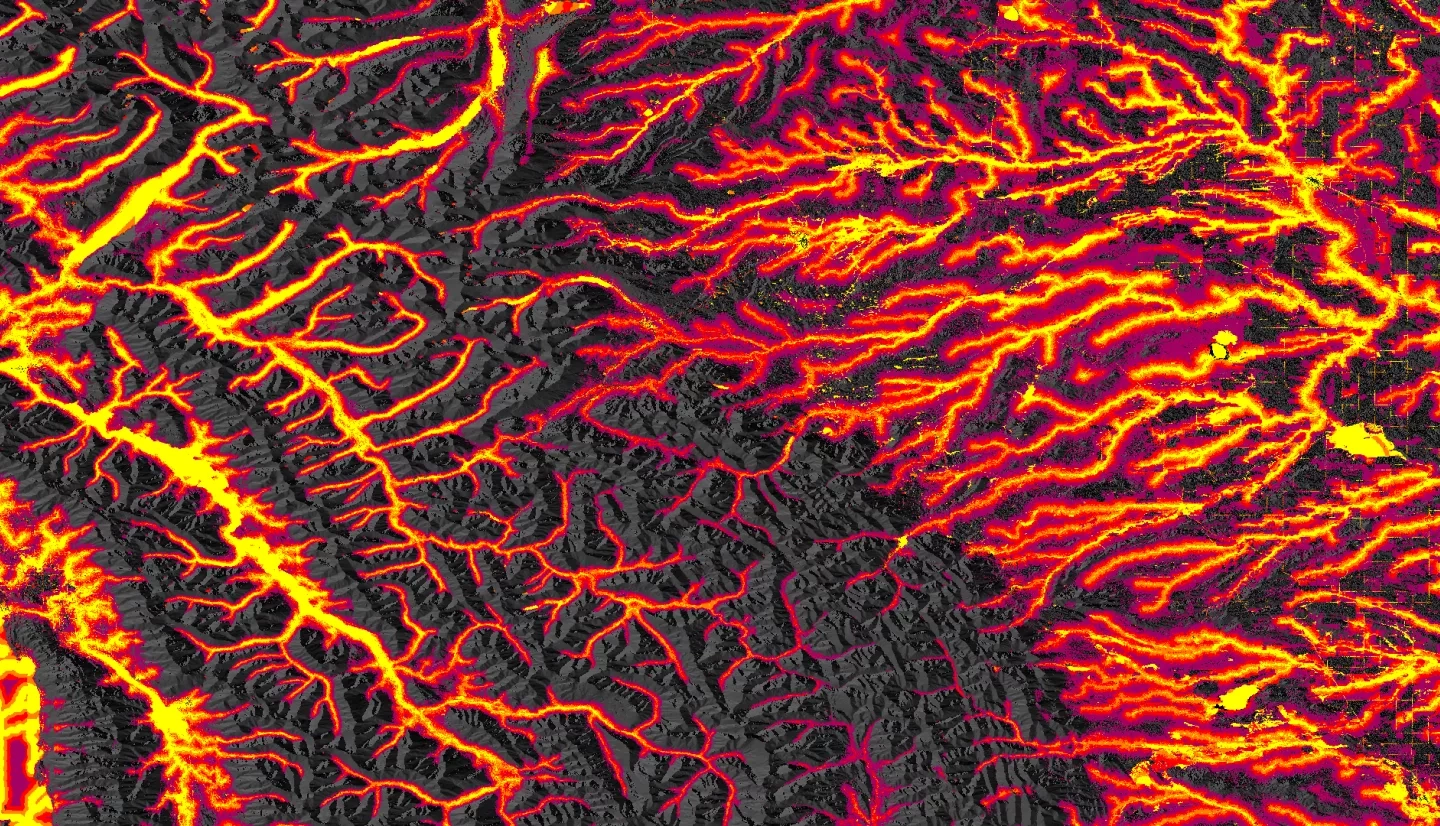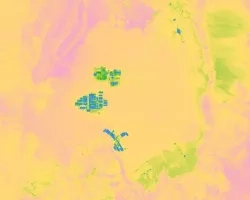Western Montana Ecological Forecasting II (Fall 2021)
Team: Chelsea Morton (Project Lead), Amanda Bosserman, Caden O’Connell, and Rylee Tomey
Summary: Environmental contaminants in aquatic ecosystems threaten both human and ecosystem health. Western Montana’s rivers possess great economic and ecological value, yet the status of contaminants in these systems can be unclear. Contaminants such as brominated flame-retardants, heavy metals, and pharmaceuticals negatively affect ecosystem health by traveling through the food chain and bioaccumulating in apex predators. Exposure to these contaminants can result in neurological, endocrine, and reproductive impairments in wildlife and humans. American mink (Neovison vison) and North American river otter (Lontra canadensis) have a predominantly aquatic diet and serve as reliable indicator species of environmental health. Working Dogs for Conservation (WD4C) uses detection dogs to locate scat samples of these species which are assessed for contaminants by the Virginia Institute of Marine Science (VIMS). With Software for Assisted Habitat Modeling (SAHM), the team generated current (2013-2020) and projected (2021-2040) habitat suitability models for mink and otter utilizing NASA Earth observations from Terra Moderate Resolution Imaging Spectroradiometer (MODIS), Global Precipitation Measurement Integrated Multi-Satellite Retrievals for GPM (GPM IMERG), Shuttle Radar Topography Mission (SRTM), and Soil Moisture Active Passive (SMAP). The habitat suitability maps’ study region encompassed Flathead National Forest and Blackfeet Indian Reservation. Additionally, the team created site accessibility and precipitation anomaly maps that display the viability of survey locations. The current habitat suitability models performed well (AUC-PR=0.88). The most important predictor variables for suitable habitat were distance to rivers, elevation, and land cover. These end products will further inform WD4C survey site selection and contaminant monitoring.
Deliverables:



